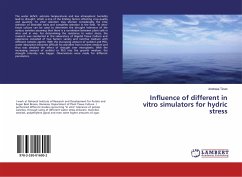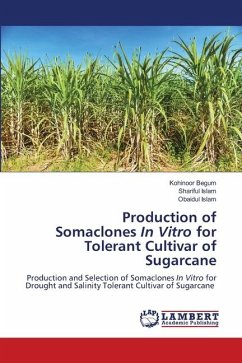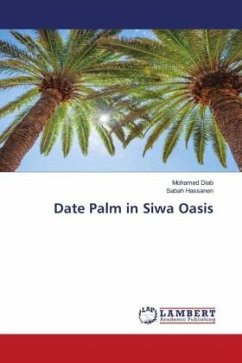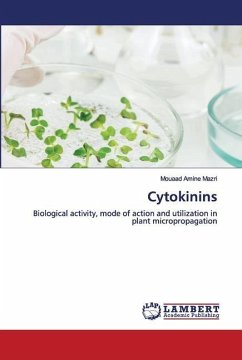The water deficit, extreme temperatures and low atmospheric humidity lead to drought, which is one of the limiting factors affecting crop quality and quantity. "In vitro" selection may shorten considerably the time selection of desirable traits and completes selection in the field. "In vitro" tissue culture can be used to determine the drought tolerance of the various varieties assuming that there is a correlation between plant cells in vitro and in vivo. For determining the resistance to water stress, the research was conducted in the Laboratory of Vegetal Tissue Culture and experience consisted of two factors: variety and nutritive medium with different osmotic agents. With the increasing amount of sorbitol and PEG, water absorption becomes difficult for plantlets from nutrient medium and thus was simulate the effect of drought over microplants. With the increasing amount of sorbitol or PEG into the growth medium, the drought intensity was bigger. Observations were made for different parameters.








